Share This
Carbohydrates have been the mainstay of diets around the world for thousands of years, but recently they’ve been under attack on the web and in some best-selling diet books, leaving the average person thoroughly confused. Let’s break through that confusion, with a simple way to think about your carbohydrate choices.
Do you even know what “a carbohydrate” is? Every bite of food we eat is made up of three different macronutrients – fat, protein and carbohydrate – and most foods are some combination of the three. Here’s how some common foods break down into their macronutrient parts:
| Carbohydrate | Protein | Fat | Water | |
|---|---|---|---|---|
| Chickpeas | 23% | 7% | 3% | 66% |
| Avocados | 9% | 2% | 15% | 73% |
| Carrots, raw | 10% | 1% | 0.2% | 88% |
| Apple, raw | 14% | 0.3% | 0.2% | 86% |
| Whole Wheat Bread | 43% | 13% | 4% | 39% |
| Oatmeal, cooked | 12% | 3% | 2% | 83% |
| Chocolate Chip Cookie | 58% | 6% | 29% | 6% |
We use the name “carbs” to refer to foods whose primary macronutrient is carbohydrates, so carbs include all fruits, vegetables, beans/legumes and grain foods. Every food in the chart above is “a carb.” People who eat a no-carb or very low-carb diet cut out great swaths of the plant kingdom with solidly established health benefits, since all plant foods – fruits and vegetables included – contain some carbohydrates. Glucose is in fact the preferred energy source for your brain, and by depriving your body of carbs (which break down into glucose inside your body) you are depriving your most important organ of its primary energy source.
A Continuum of Carb Choices
We know full well that a diet of nothing but chocolate chip cookies would not be a healthy choice. So where do we draw the line in choosing carbs? It may help you to think of carbohydrate choices on a continuum, starting with the healthiest choices and progressing to less healthy choices. Make more of your carb choices from the beginning of this list than from the end, and you’ll be eating well.
| Fruits and Vegetables. You can’t go wrong with fruits, vegetables, and legumes (beans). Because they deliver lots of vitamins, minerals and fiber for relatively few calories, these foods are all-stars. As Dr. David Katz, Director of the Yale University Prevention Research Center says, “You find me one person who can legitimately blame their obesity or diabetes on apples or carrots, and I will give up my day job and become a hula dancer.” | |
|
Intact Grains. |
|
| Lightly processed whole grains.
Sometimes intact whole grains are very lightly processed — oats are steamed/flattened for rolled oats, or grains are crushed, mixed with water and extruded to make whole grain pasta. These are also good choices. Most people don’t know pasta has a low glycemic index; flour and water made into pasta digests much more slowly than the same flour and water made into bread. That makes pasta a healthier choice for controlling blood sugar swings. |
|
|
Milled and processed, but whole and without sugar. |
|
| Refined pasta meals. Like whole grain pasta, refined pasta has a low glycemic index. It’s missing some of the nutrients found in whole grain pasta, however, so if you eat it, make sure to add lots of vegetables, beans, fish and other healthy “partners.” |
|
| Refined breads – with what? When whole grains aren’t available and white bread is the only choice, pay special attention to what you’re eating with your bread, choosing vegetables and lean proteins. Tip: true sourdough breads are less likely to spike blood sugar than yeast breads. |
|
|
Special Occasion Treats. |
There are many complex ways to rate the quality of carbohydrates (see below) but counting, scoring and rating foods can take the enjoyment out of eating, which is meant to be one of life’s major pleasures. If you simply use common sense to favor the most intact, whole carbohydrate choices, there’s no need to eat by the numbers.
Now you’re equipped to go forth and enjoy healthy carbohydrates without worrying about the scare-mongering from some websites and diet books. (Cynthia)
Sidebar: Three Carb Quality Measures (get out your calculator!)
Nutrition experts have proposed several different systems to rate the quality of carbohydrates. Here are three you might encounter:
Glycemic Index. The glycemic index (GI) rates foods according to their impact on blood sugar. While GI can be an important and useful measure for those who fully understand the science behind it, be aware that by GI alone, a piece of chocolate cake with chocolate frosting (GI of 38) may inadvertently look like a healthier choice than a serving of quinoa (GI of 55). Also, note that GI changes drastically when foods are eaten in combination with each other (for example, bread with sandwich fixings vs. plain bread).
10:1 Ratio. Carbohydrates with at least 1 gram of fiber for every 10 grams of carbohydrate are often healthy choices. By this yardstick, however, very sugary refined-grain cookies and cereals with added fiber may appear “healthy,” and intact grains like brown rice, wild rice, and quinoa don’t make the cut.
2g fiber per 100 calories. A third measure suggests looking for carbohydrates with at least 2g of fiber per each 100 calories. With this system, lower-fiber choices like brown rice qualify because they’re also low in calories, although a small number of very sugary cereals with added fiber could also qualify.
While all of these systems can be useful, it shouldn’t be necessary to use a calculator while you eat, if you stick with whole foods in their minimally-processed form and use our common-sense carb scale above.

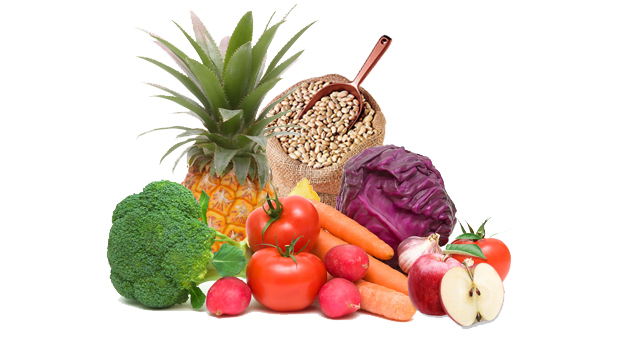
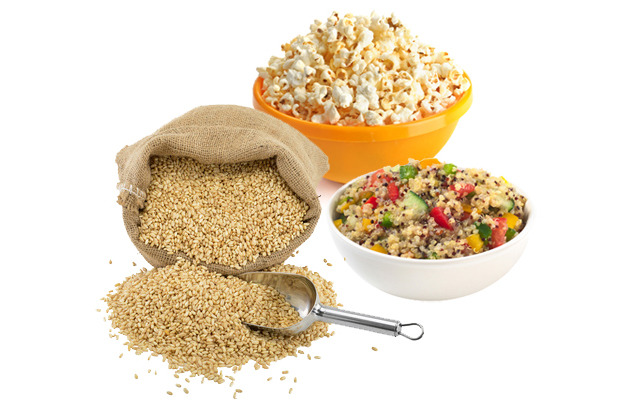
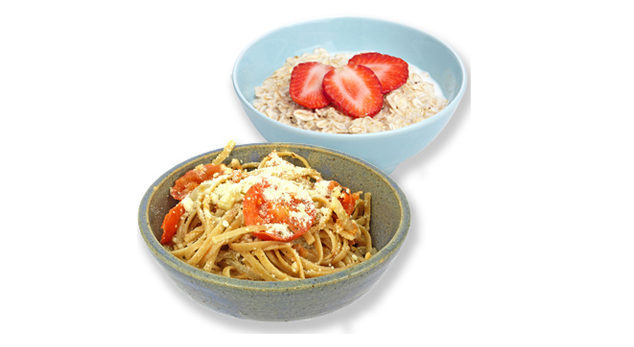
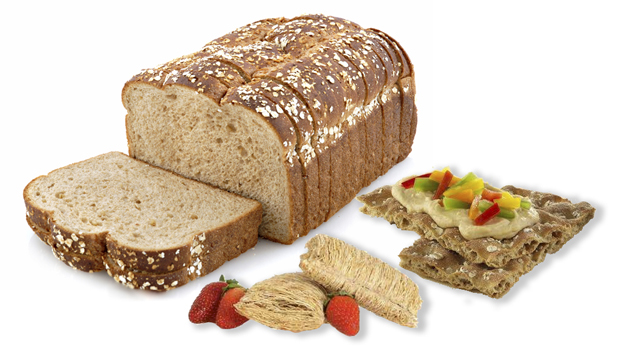
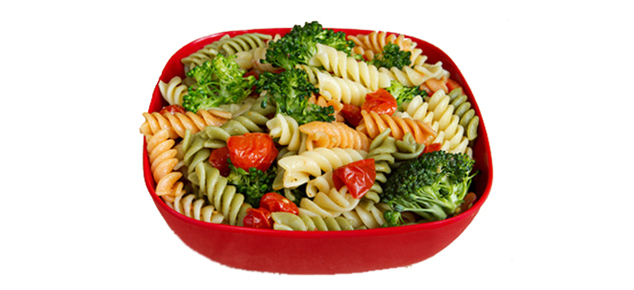
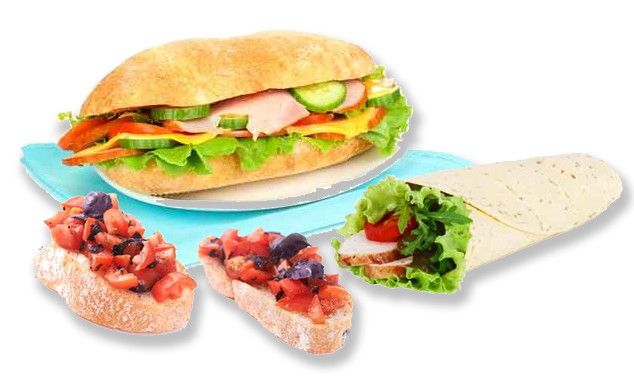
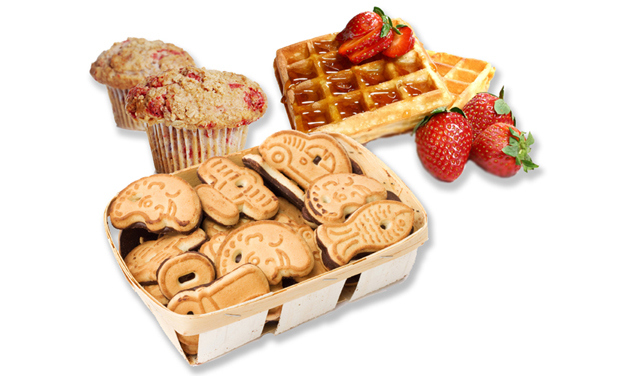
Add a Comment